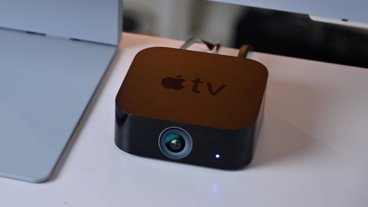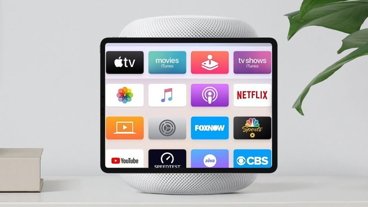Apple patents take advanced universal remotes to the cloud
In the first of the two patent applications, Apple describes how an iDevice could be configured to operate as a remote by taking a picture of the component to be controlled, uploading the image to the cloud for comparison and downloading the corresponding virtual remote control interface.
From patent abstract:
In particular, in one embodiment, a method for configuring a multifunctional electronic device to operate as a remote control is provided that includes capturing an image of an electronic device and comparing the image with data stored in a database. The manufacturer of the electronic device is determined based on one or more identifying characteristics in the captured image and information related to remote control of the electronic device is retrieved. The method also includes populating a screen of the multifunctional electronic device for remote control of the electronic device.
The patent relies on the matching "identifying characteristics" like brand logos and device design with an off-site database to determine what equipment a user wants to remotely control. In addition, the invention allows a user to take a picture of the physical remote itself as an alternate discovery option.
An iDevice would photograph a piece of equipment to obtain remote control information. | Source: USPTO
Once a device is recognized, a fully customizable virtual remote interface is sent to the iDevice, complete with a method to test which IR code is compatible with the device. There was no mention as to how the IR codes would be beamed to the electronic component, but there are current third-part "IR blaster" adapters that can attach to iPhones, iPads and certain iPods.
The second patent involves a type of smart universal remote that would be able to recognize a component's operating state by using an iDevice's camera and microphone. In this invention, an iDevice would scan for colors, indicator lights, text and sound to determine whether a controlled piece of equipment accurately received and responded to a command.
From the patent abstract:
Additionally, the device includes an input device configured to allow a user to provide input to the electronic device related to remote control and one or more sensors configured to obtain information related to a state of the remotely controlled device. The processor is configured to use the information obtained by the one or more sensors to determine the state of the remote controlled devices upon receiving the input from a user to transmit instructions.
When the virtual remote sends a signal, it will check a set of parameters on the controlled device like the location of on/off indicator lights, displayed text or sound cues to confirm that the command was accepted. If the transmission was unsuccessful, the remote will resend or perform a custom operation.
This patent also relies on a database located in the cloud to download the parameters needed for operation.
Like many of Apple's patents, the latest "smart advanced universal remote" applications may not find their way to hands of consumers, though it does show that the company is committing research and development money toward a push into customers' living rooms.
Apple is rumored to be working on a branded HDTV that will possibly incorporate Siri voice-recognition technology and customized content.
 Mikey Campbell
Mikey Campbell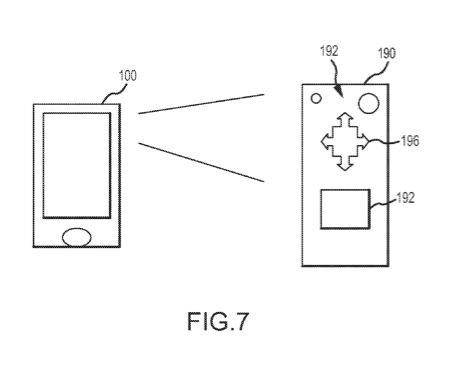
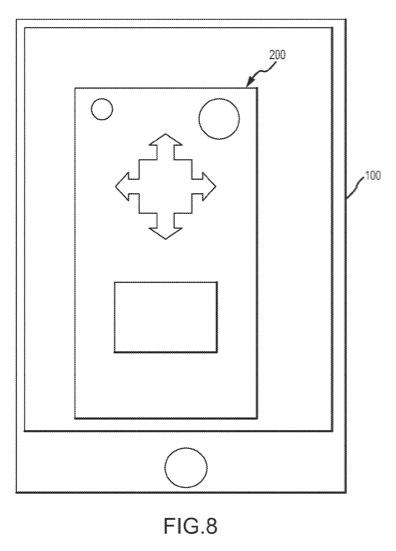
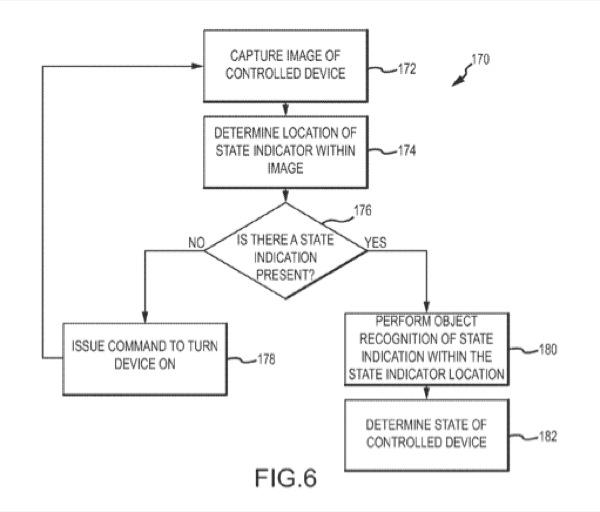











 Malcolm Owen
Malcolm Owen
 William Gallagher and Mike Wuerthele
William Gallagher and Mike Wuerthele
 Christine McKee
Christine McKee
 William Gallagher
William Gallagher

 Marko Zivkovic
Marko Zivkovic


